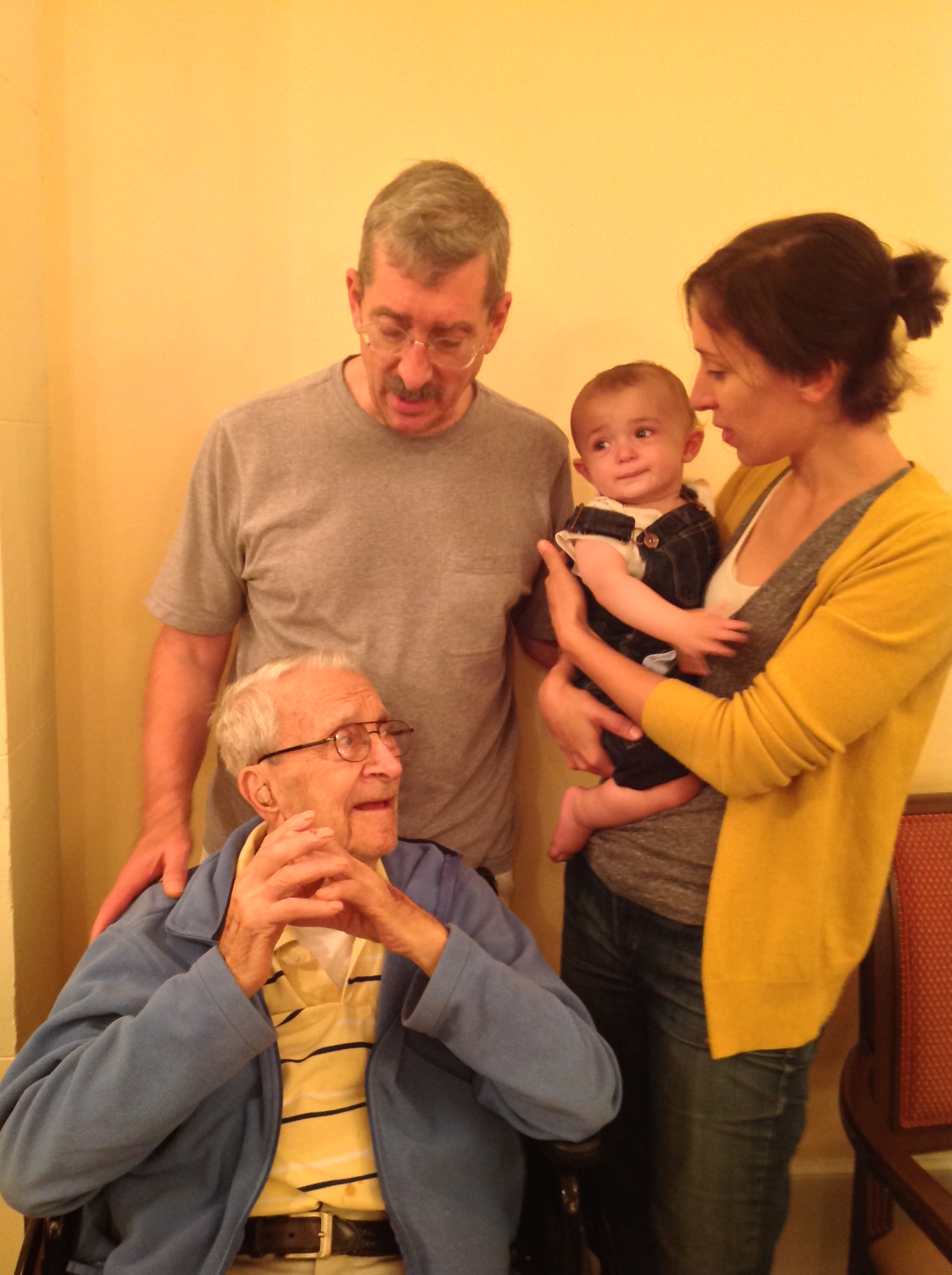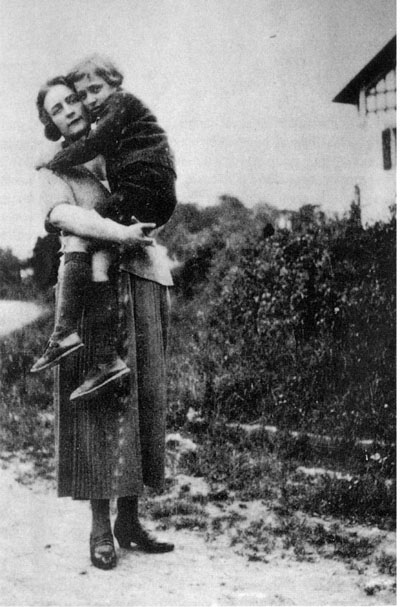

Image credit (from left to right): theuglyvolvo.com and the-space-in-between.com
Tomorrow is Thanksgiving and tonight is the first night of Chanukah, holidays which, for most, are all about being with family. Even in the absence of family–whether you’re making phone calls, or talking on Skype—there’s no escaping the nostalgia of the holiday season. The farther one’s family members migrate for school or career, the more important it becomes to make the pilgrimage back to that original “place” that the family once was. Maybe Austin’s recent cold snap has me in a sentimental mood, but as the Thanksgiving and Chanukah double-hitter arrives this week, the main purpose of the holidays seems to be to create an emotional snapshot of how things were, but won’t ever be again.
I am inspired, in particular, by one woman’s blog post about her own migration to introduce her son to his sick great-grandfather, titled “The Nine Hundred Dollar iPhone Photo,” which can be read here: http://theuglyvolvo.com/2013/11/25/the-nine-hundred-dollar-iphone-photo/. The posting is brief, but sincere, and probably a story that most readers can relate to. It’s about trying to capture the perfect photo, but capturing the perfect photo only because it represents a window in time when various people are able to cross each-other’s paths. In the post, the retelling of the making of the portrait becomes a kind of parable for what a family is. After imagining her perfect photo (“taken at sunset,” an image the family will remember for a lifetime, etc.) the author finds herself crestfallen – her child’s face (like all children’s faces) is perpetually dirty, she regrets her haircut, and her grandfather stares blankly ahead. After flipping through the carefully staged photographs, she realizes that none of them lived up to her expectations. None of them are suitable mementos – and how could they be? When the stakes are so high, when the goal is to capture a person’s life in a photograph, even as it’s passing away, how can you succeed?
In the end, the blogger Raquel states that the only photo to turn out from this series is one which she took first, with her iPhone,
“And yet for some reason, the more I look at the photo, the more it grows on me. It is not a perfect photo, but I am suddenly realizing that that is fine. We get so overwhelmed with everything in life being perfect that we forget that nothing is supposed to be perfect. Photos do not have to be perfect. In my sister’s ‘four-generation photo’ taken with her own son and my grandfather, my grandfather is cheerfully sporting two black eyes that he obtained while falling down the previous day. The point of most photos is to say, “I was alive and you were alive, and for a period of time our lives overlapped. This is what we looked like.”
In reading this passage about the connection between the author’s iPhone photo, her acceptance of her present state, and her relinquishing all preconceptions of how a moment is “supposed” to be, I’m reminded of what Roland Barthes’ wrote about a family photograph in Camera Lucida. In his short meditation on photography, Barthes writes that for him, every photograph is a memorial; that the essence of photography is its conjuring of death-in-life. Though he focuses on this spectral aspect of photography by looking at both high art and news photos, what seems to have launched him into this thought process is a far more personal tribulation: the recent loss of his mother. This photograph, which is at the center of Barthes’ book, is a candid snapshot of his mother referred to only as the “Winter Garden Photograph.” Like Raquel’s photo, Barthes’ is simple – not particularly successful as an art piece in and of itself. His rationale for leaving it unprinted (in a book which features many reproduced photographs) is that "It exists only for me. For you, it would be nothing but an indifferent picture."
In the end, the photographs people seem to like most (like Barthes and Raquel) are the ones that are candid. After all, if, as Sontag and Barthes say, a photograph truly is a “frozen moment,” fully “an emanation of the referent” then people probably like these moments the best because they are the ones that make it easier to imagine that they were actually lived in. In her blog post, Raquel alludes to this same idea that photos are somehow an “emanation,” a living, vibrating part of the past, when she mentions that a future equivalent of a camera might be a “time-machine.” As Raquel imagines it, her son will “stand by the door of the time machine, watching us trying to capture it on film, laughing to himself at our bumbling, awkward attempts. And then, for the rest of his life, he will remember having seen it.” If photographs capture an emanation of a moment, as Barthes and Sontag say, then to look at that photo would mean to experience those feelings again. Lastly, we’re all skeptical of a story with a moral, but ‘tis the season: this year, maybe don’t worry so much about getting the “perfect” photo. Think about Barthes and Raquel. If photos are in a sense an actual piece of the past, be happy, and if you can’t be that, at least be genuine. Maybe someday someone will invent a time machine, but even if not, photographs contain something that you can relive. If you are going to relive those “emanations” they may as well be worth your while.
Recent comments
2 years 29 weeks ago
2 years 44 weeks ago
2 years 44 weeks ago
2 years 50 weeks ago
3 years 4 weeks ago
3 years 4 weeks ago
3 years 4 weeks ago
3 years 6 weeks ago
3 years 6 weeks ago
3 years 6 weeks ago